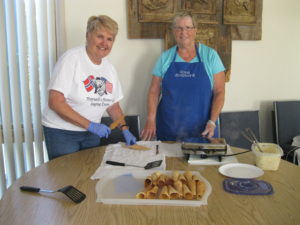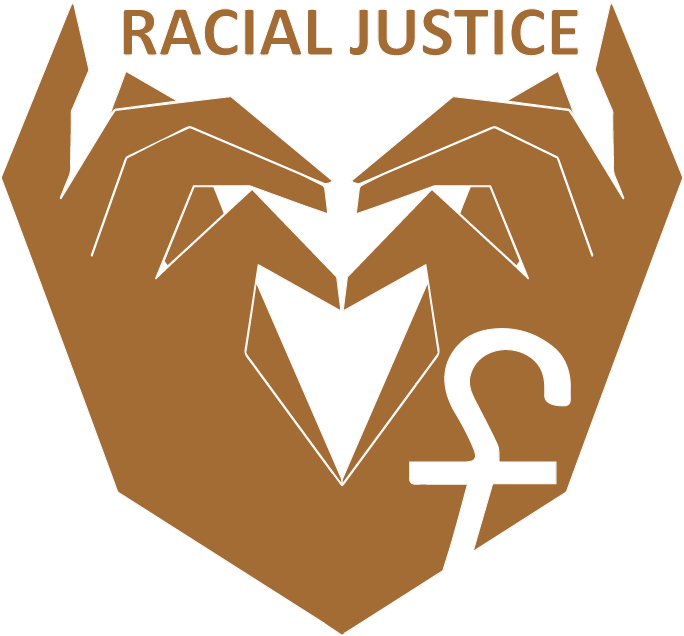 A Primer on Krumkake
A Primer on Krumkake
by Doris Barnaal
Krumkake, a thin, cone-shaped cookie baked on a decorative iron, has an interesting history. It is one of seven kinds of traditional Christmas cookies in Norway. Today, the most popular varieties in both Norway and America are fattigman, sandbakkels), Berlinerkranser, goro and rosetteter, pepperkaker, and sirupsnipper, as well as krumkake. Most share the same basic ingredients: flour, butter, eggs, sugar, and often spices or almonds.
Krumkake is pronounced (kroom-kah-keh). One cookie is krumkake. Adding an “er” at the end makes it plural (kroom-kah-k-er). Krum is (curved,) kake (cake), with the literal translation “curved cake. While still hot, each cookie is quickly rolled around a wooden cone. When cooled, it retains a cone shape. In Norway, cookies are often called cakes. (Another Norwegian word for cookie is bakkel as in sandbakkel.)
Krumkake irons date back to the 1700s. The first generation of krumkake irons were made by blacksmiths who used different designs and often inscribed their own initials in the pattern. They had long handles for holding them over open cooking fires and weigh about 10 pounds.
The second generation of krumkake irons originated in the late 1800s when wood stoves became popular. The iron was now placed in the round burner holes of the stove. The handles of the irons were shortened and a ball joint allowed an easy flip of the iron to heat the other side. Versions of this iron are still in use on modern stoves, although we now we enjoy the convenience of third generation electric irons. Much like a waffle iron, these come in two models – one designed to bake a single krumkake at a time as well as a double iron that allows two krumkaker to be baked at the same time.
Other notes:
- Krumkaker may be filled with whipped cream and fruit such as strawberries or raspberries. This must be spooned in just before serving to keep the cookies crisp.
- Krumkaker are also made in Sweden.
- Examples of the two older types of krumkake irons may be seen in the food exhibit on the first floor of Vesterheim Museum in Decorah.



